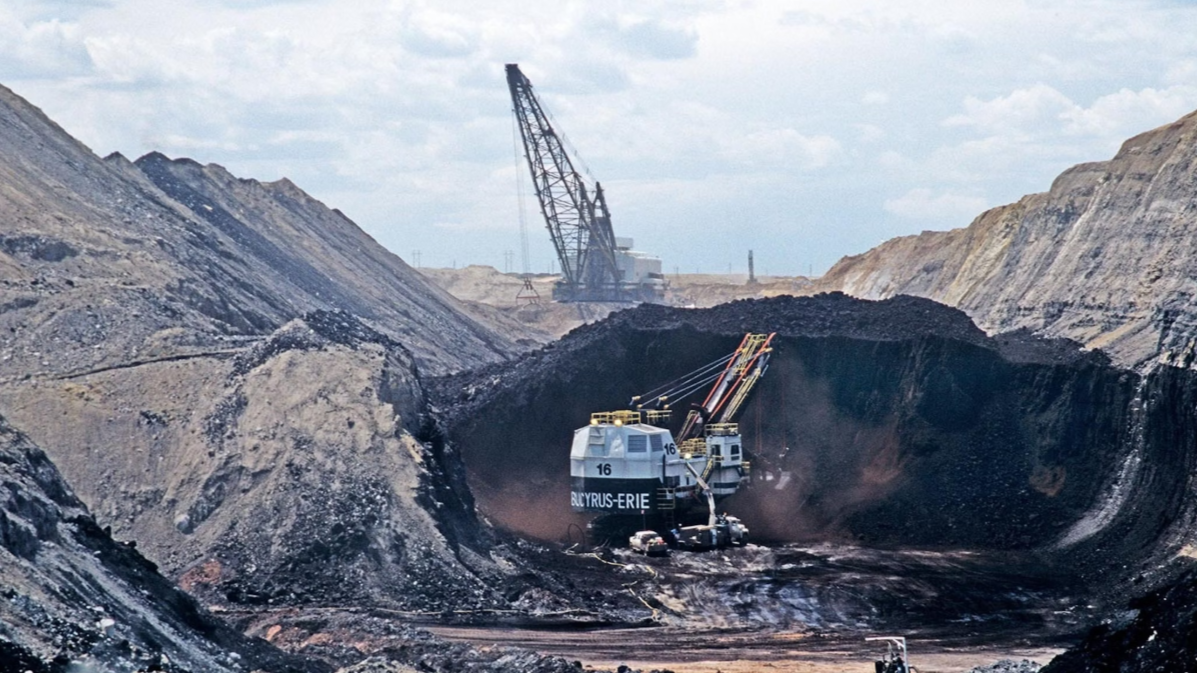DEQ Clears Tammah Jackson Hole of Responsibility for Ammonia Pollution

The Wyoming Department of Environmental Quality (DEQ) announced Friday that Tammah Jackson Hole, previously known as Basecamp, is not responsible for ammonia pollution detected in groundwater near its glamping resort at Teton Village, Casper Star-Tribune reports.
However, the actual source of the contamination remains unidentified.
In late October, the DEQ had issued a “Notice of Violation” to the resort, citing concerns that its septic system might be leaking. State-mandated groundwater testing had revealed elevated ammonia levels in a nearby monitoring well. The notice was seen as a significant development by local residents who have closely monitored the resort’s impact on the environment.
Critics of the resort, located on state trust land, have voiced concerns over potential risks to water quality. Tensions have been exacerbated by Tammah’s refusal to cooperate with Teton County officials, who lack jurisdiction over state trust lands. The resort had previously constructed a septic system too close to a wetland, further fueling concerns.
Following the notice, Tammah addressed issues with its septic system by resolving a problem with a clay layer that had caused wastewater to pool instead of properly filtering through the soil. In addition, the company drilled a new groundwater monitoring well between the septic system and the contaminated downgradient well.
When sampled in the presence of DEQ staff on Nov. 4, the new monitoring well showed ammonia levels of 0.43 mg/L, which is below Wyoming’s groundwater standard of 0.5 mg/L. According to DEQ spokeswoman Kimberly Mazza, this finding suggests the septic system is not the source of the elevated ammonia.
“If treated effluent from the sand mound system was the cause of the elevated ammonia in well No. 4, it would have been detected at similar or higher concentrations closer to the sand mound,” Mazza explained.
Additional testing also failed to detect other contaminants typically associated with septic systems, such as fecal coliform and nitrates, in wells closer to the septic system.
While the DEQ has cleared the resort’s septic system as the source of the ammonia, monitoring will continue to ensure the system operates correctly. The department also plans to further investigate the source of the ammonia contamination in the affected well.








